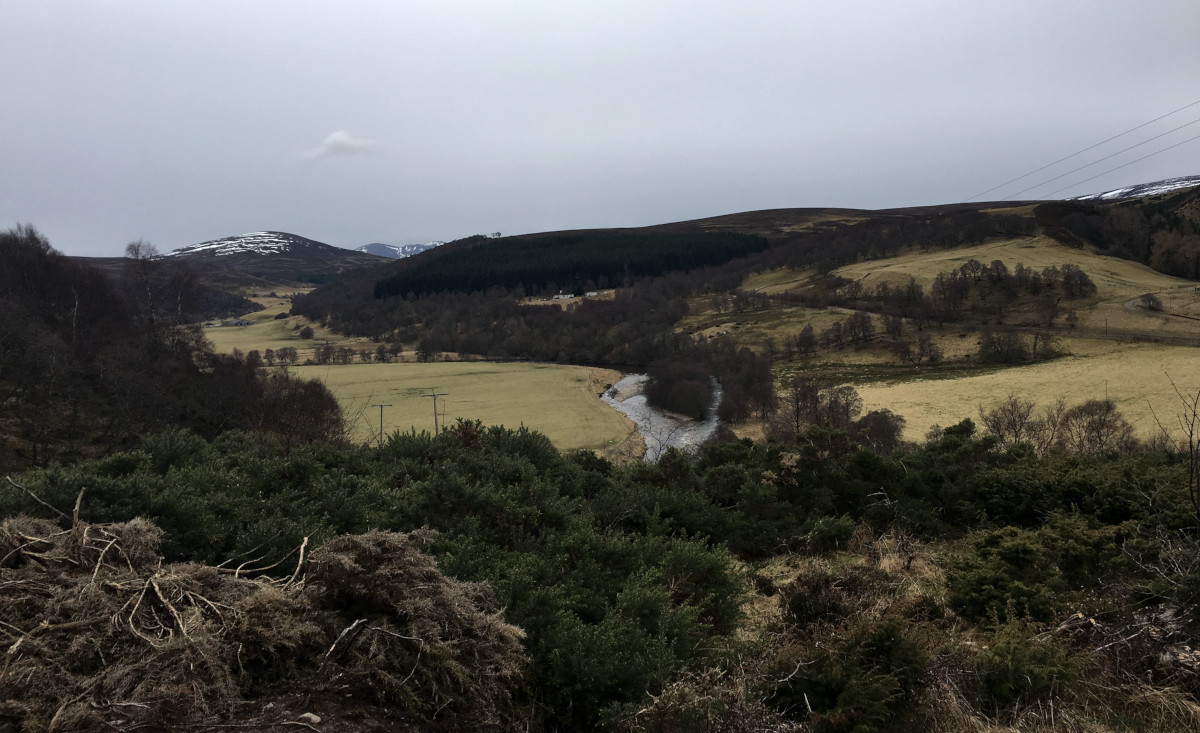The Passivhaus Trust is calling for Scottish Government to stick to its commitment for a Scottish Passivhaus Equivalent Policy for all new build homes, in light of the fact that ministers recently scrapped their target to cut carbon emissions by 75% by 2030.
Scottish Government had previously said it would pass subordinate legislation to introduce a new minimum environmental design standards for new housing. This will create a national Scottish equivalent to the Passivhaus standard for all new builds, which, the Passivhaus Trust states, would cut heating demand in new homes by 79%.
The Passivhaus Trust call to government comes in light of pressure from mainstream house builders who are calling for a review of the plans.
Data for 2023 showed that completions across all sectors fell by 11% in 2023 in Scotland, while starts fell by 24%, figures that indicate the size of the crisis.
The Passivhaus Trust maintains that improving energy efficiency standards will not adversely affect housing delivery, but will dramatically improve the quality of the homes delivered. It estimates that building to Passivhaus will create additional initial costs of between 4-8%, which will come down with economies of scale.
However, it does conceded that the new build market is operating in difficult conditions, and is consequently proposing a transition period for the new policy to come into force.
What is Passivhaus Standard?
Passivhaus is an international energy performance standard based around reducing the requirement for space heating and cooling of new homes. Collectively, buildings contribute 35% of total global energy consumuption, and Passivhaus is a solution for this.
Adopting a Passivhaus approach means a fabric-first solution that plans for your homes build fabric and energy usage – something that many self builders adopt. Not everyone building to these principles opts to have their home approved as meeting the Passivhaus Standard – find out more on the Passivhaus Trust’s website about what this means for you on your project.
Words & Image: Duncan Hayes




